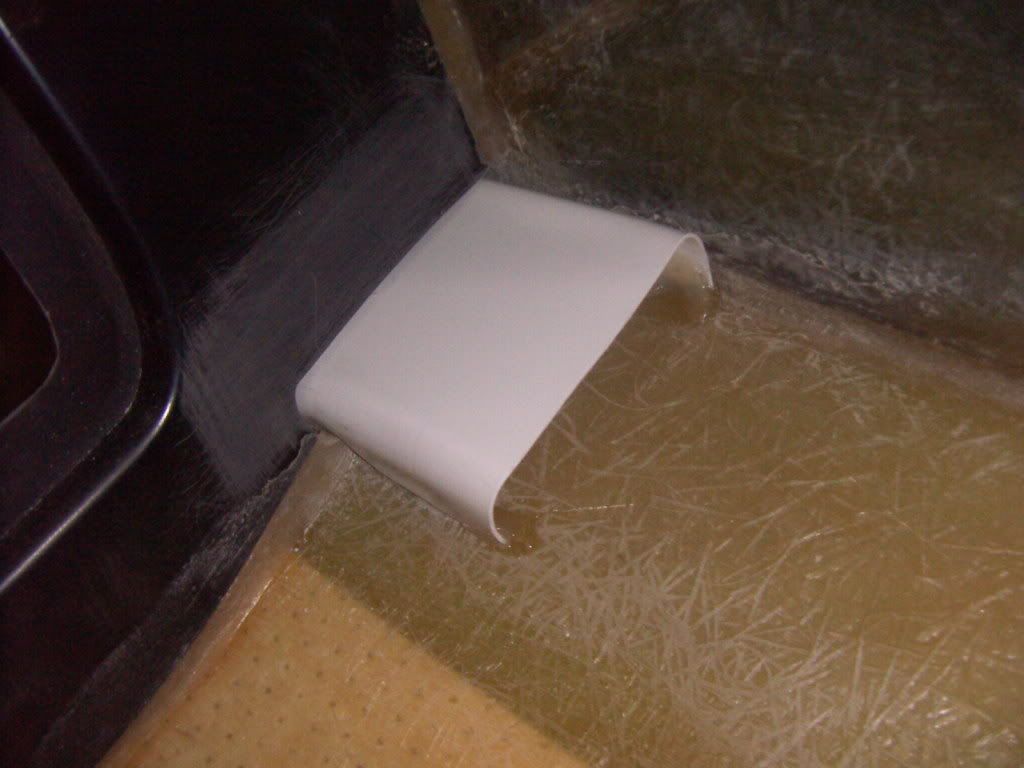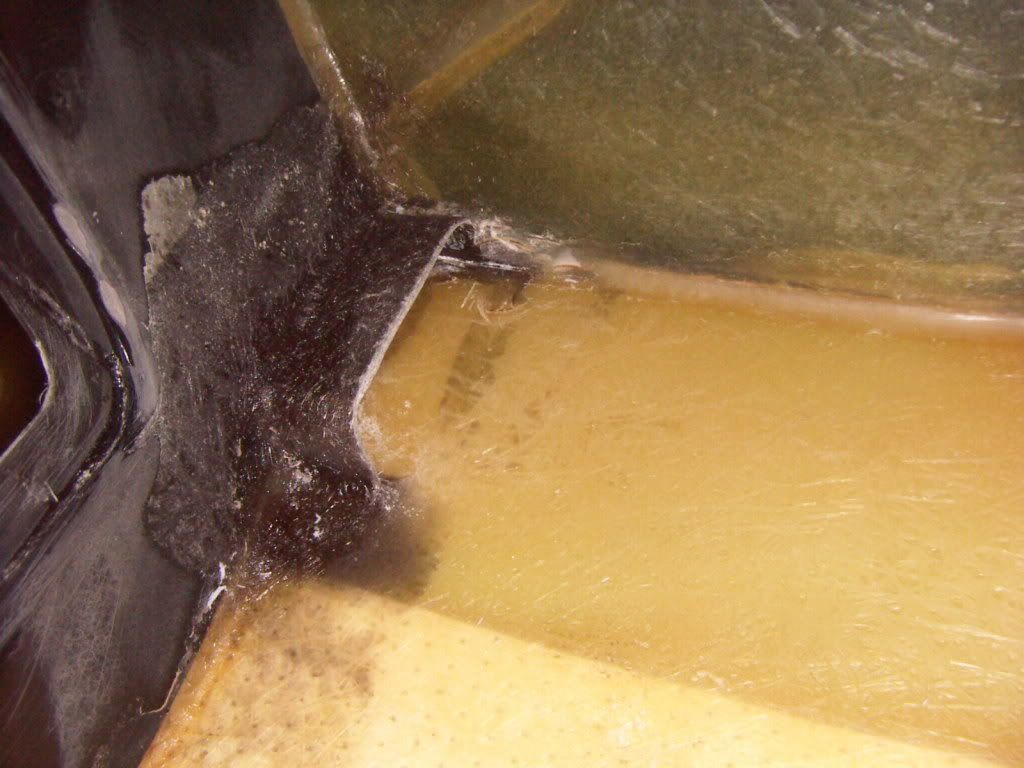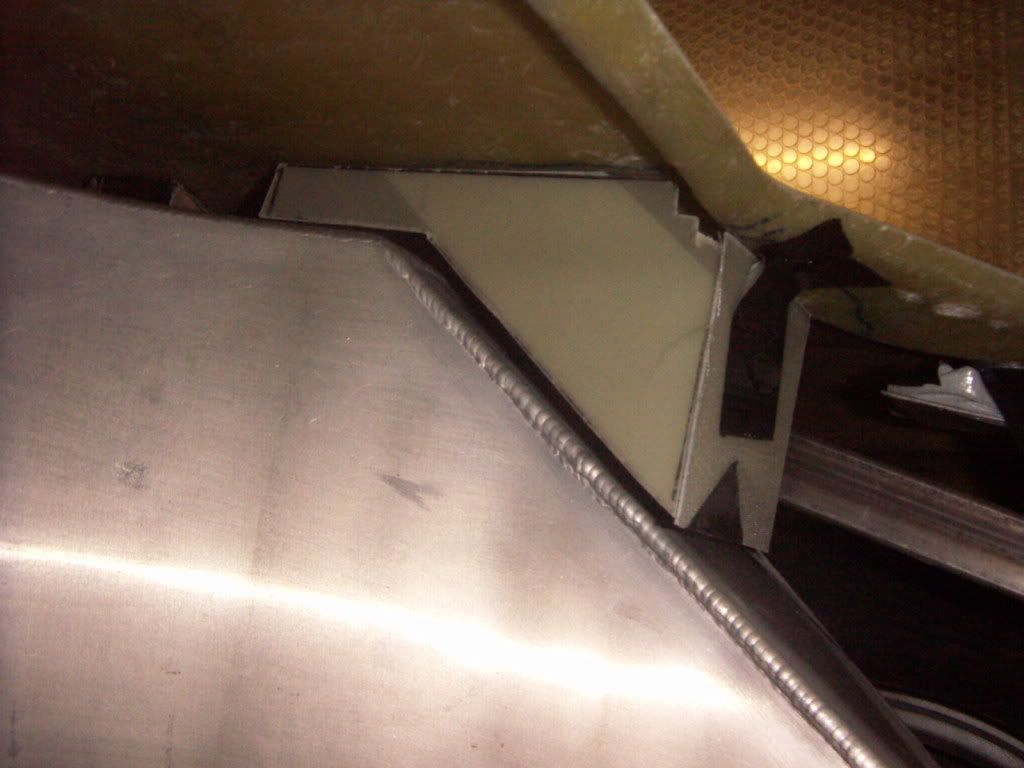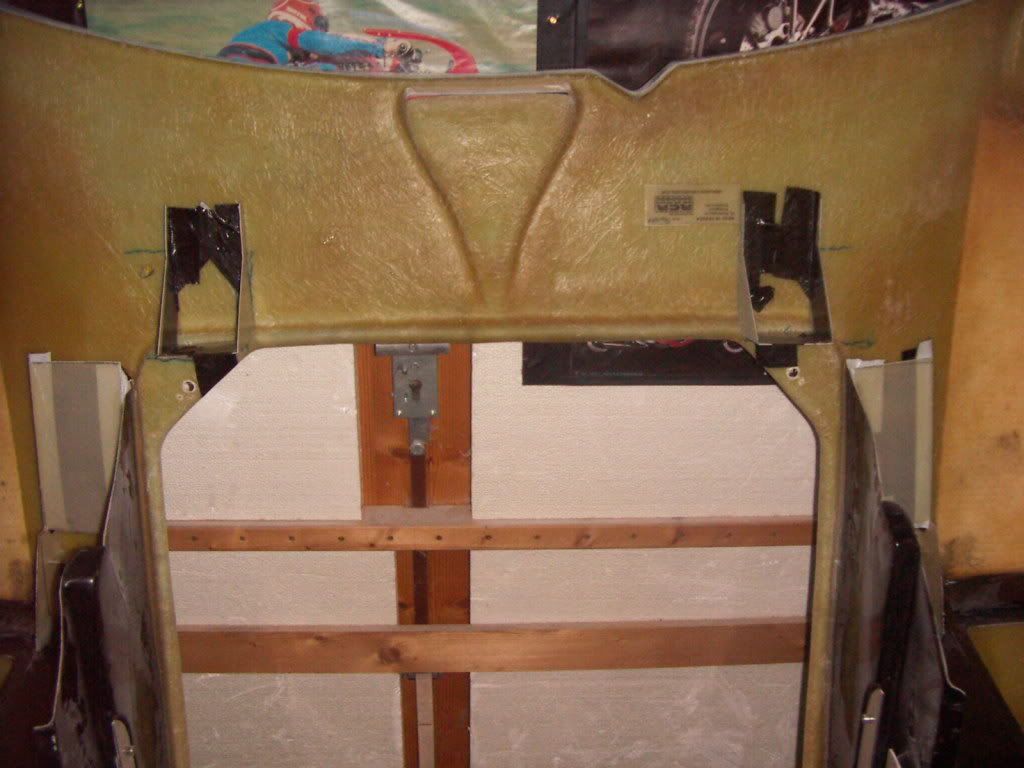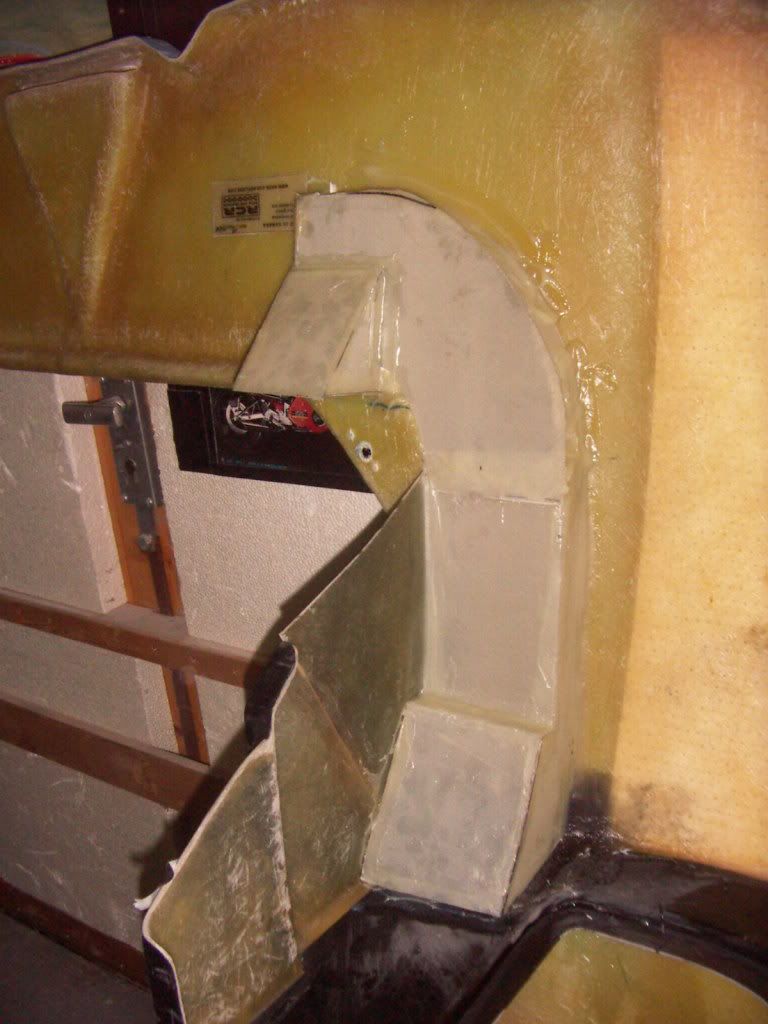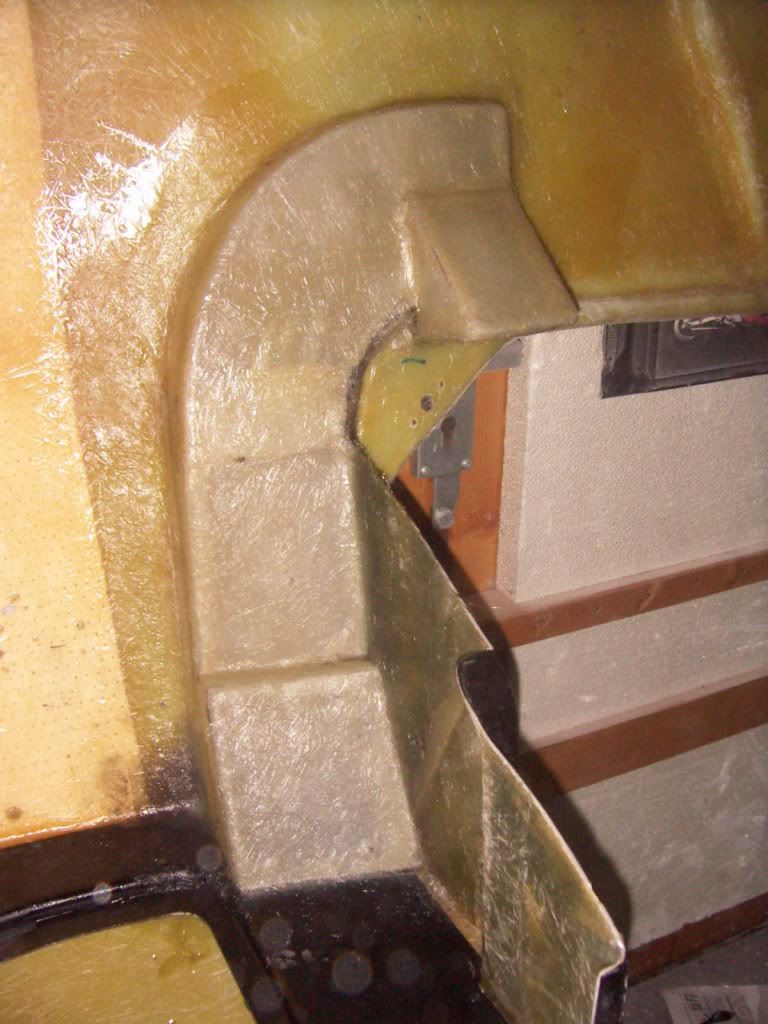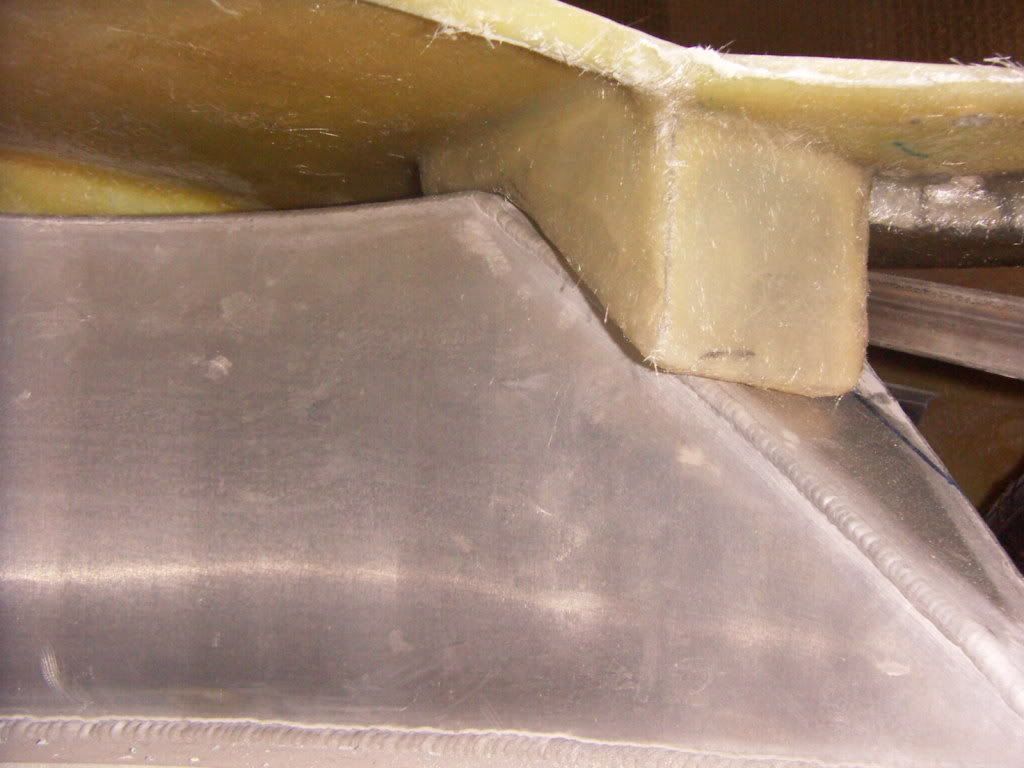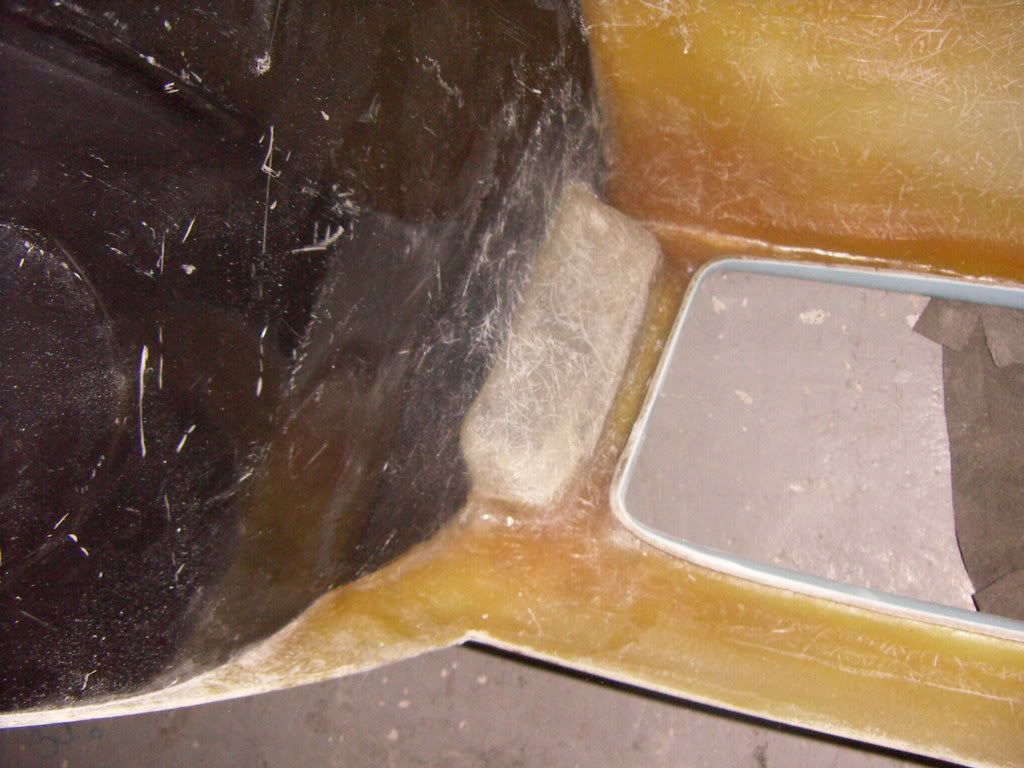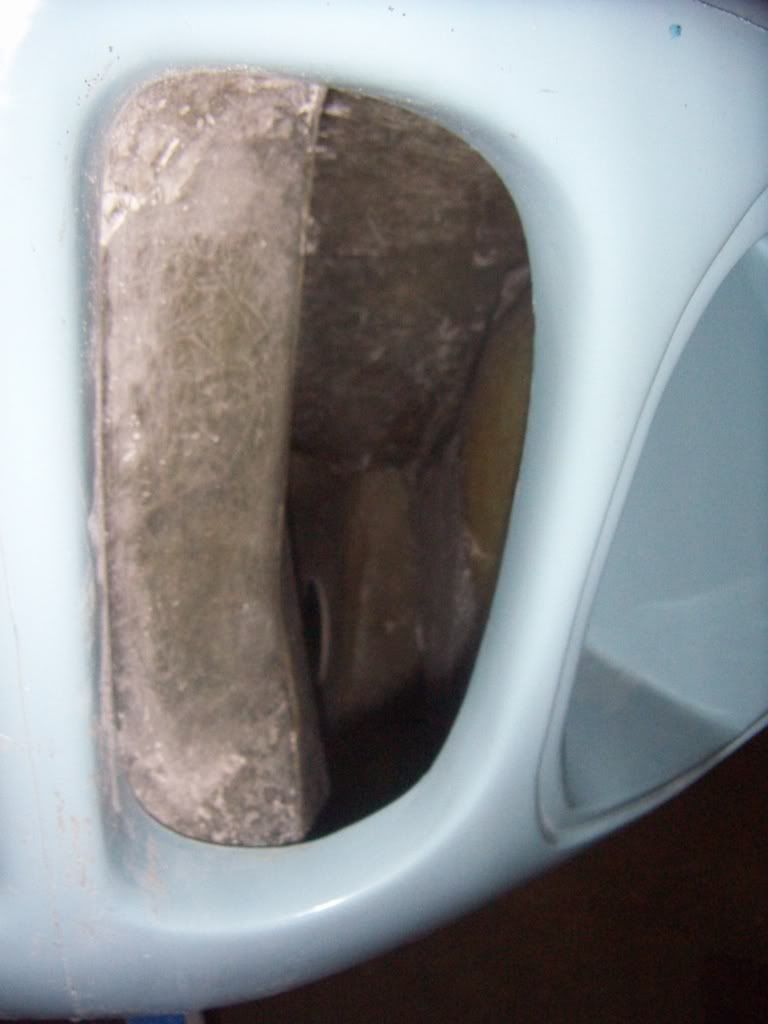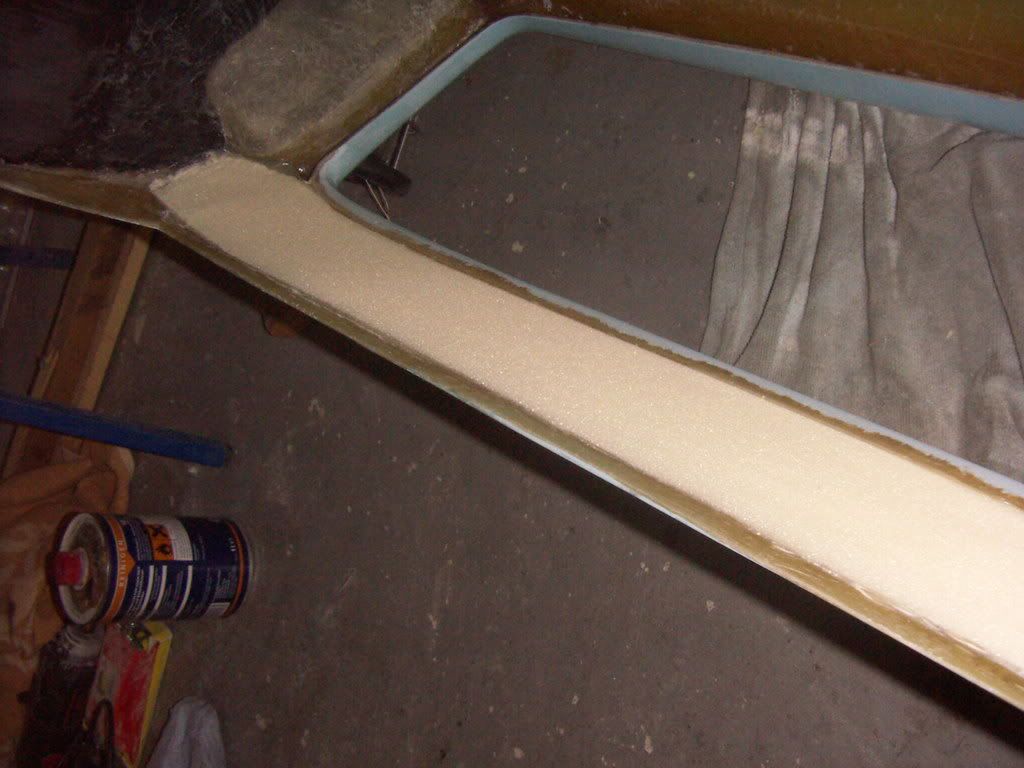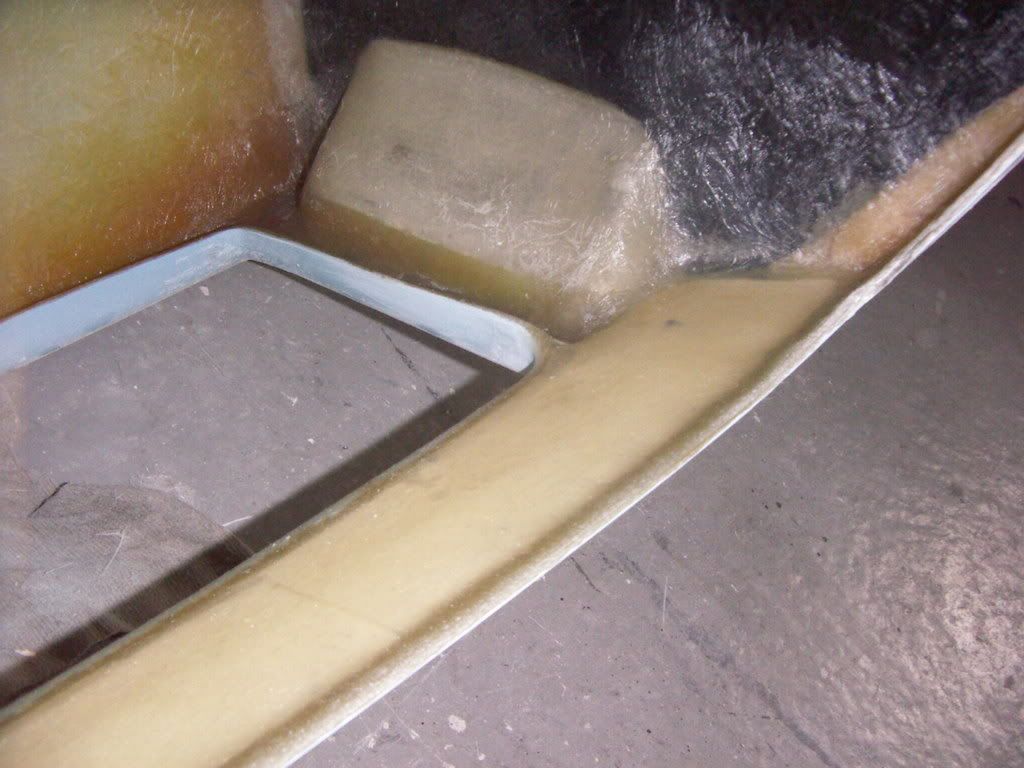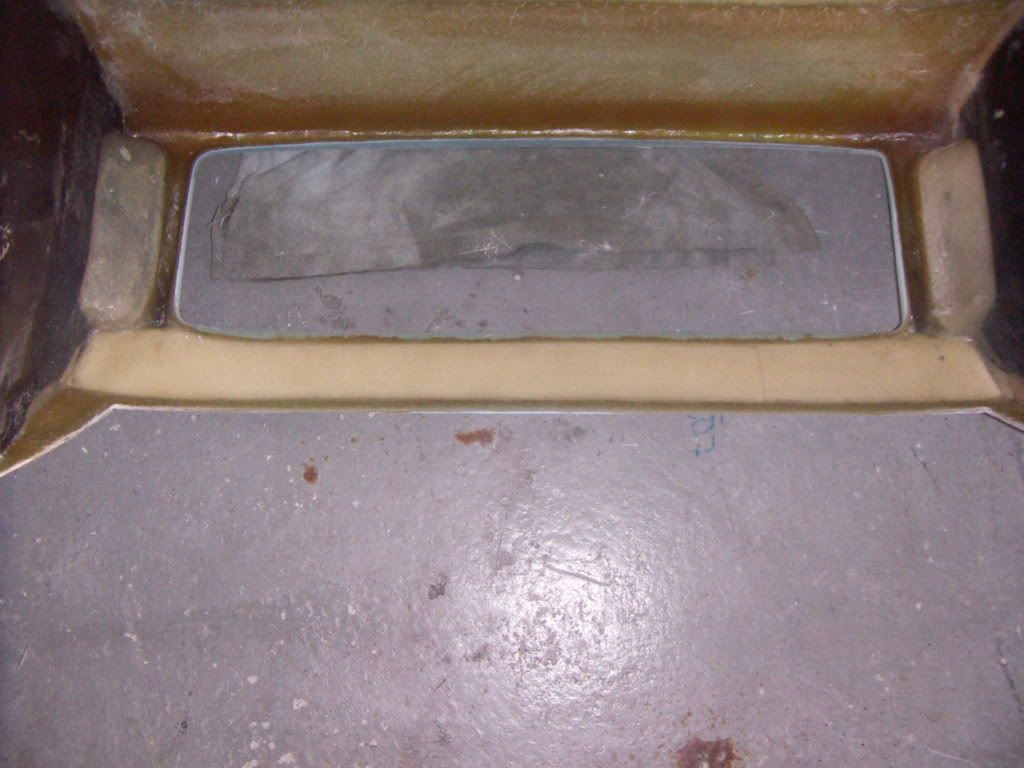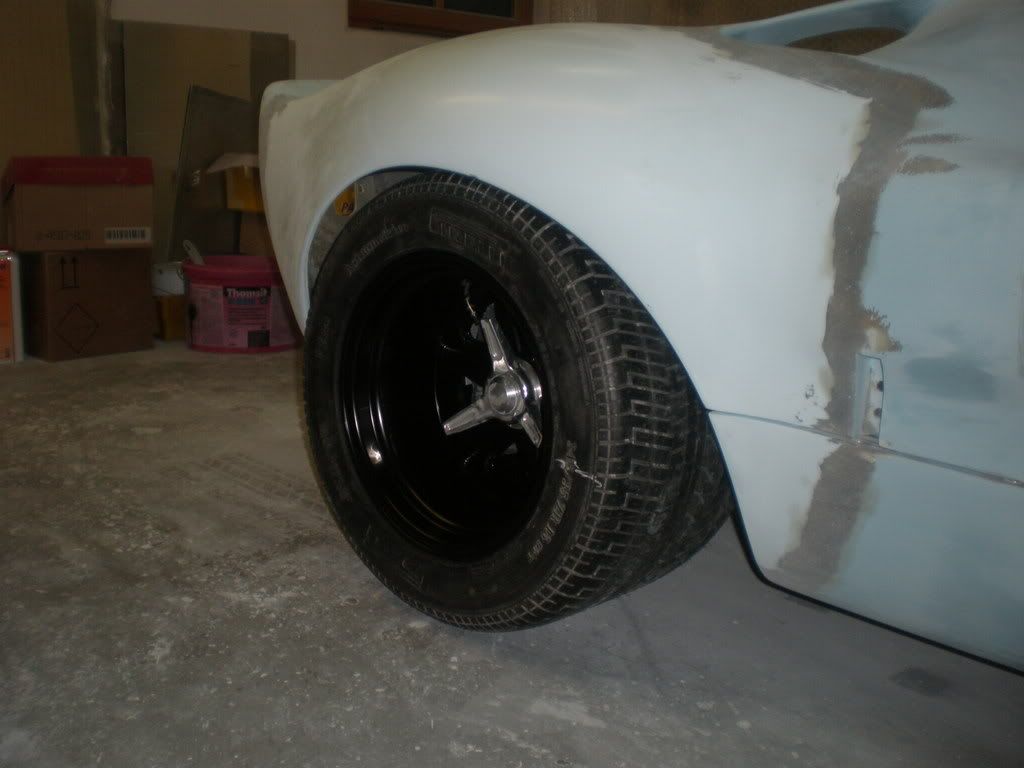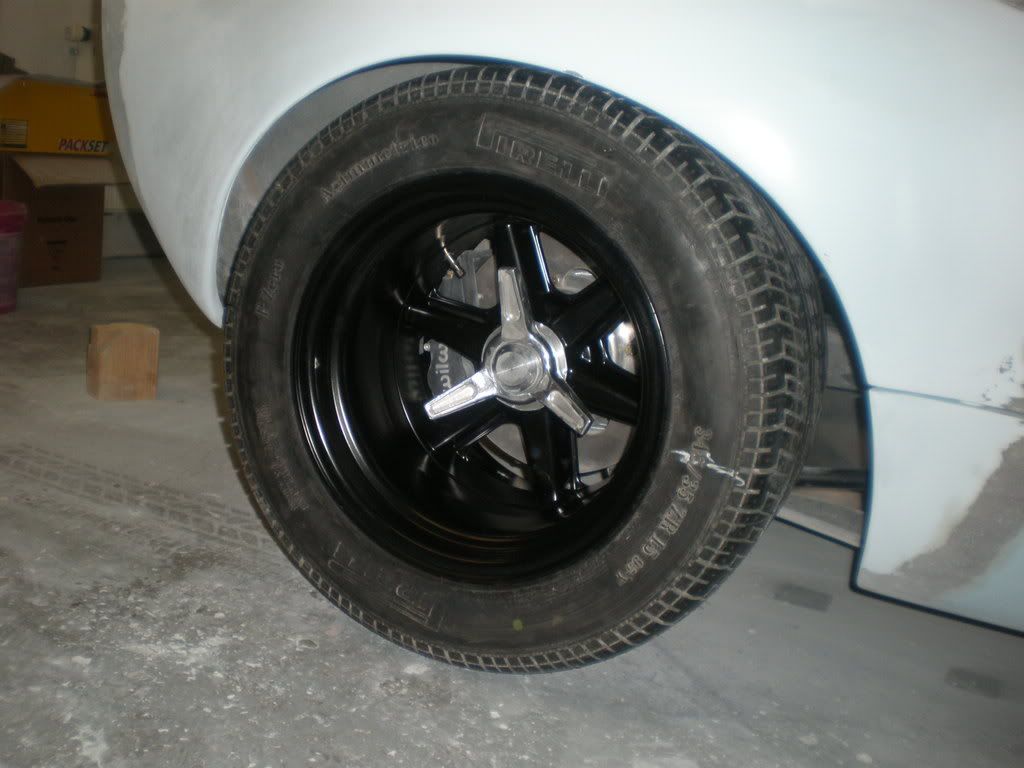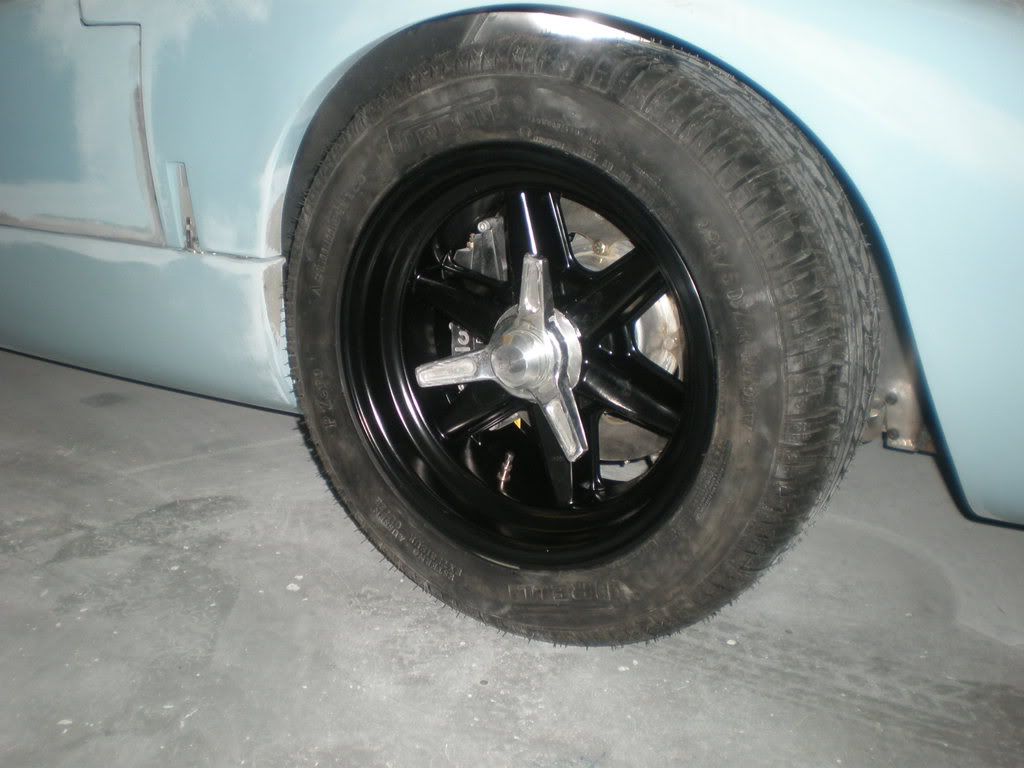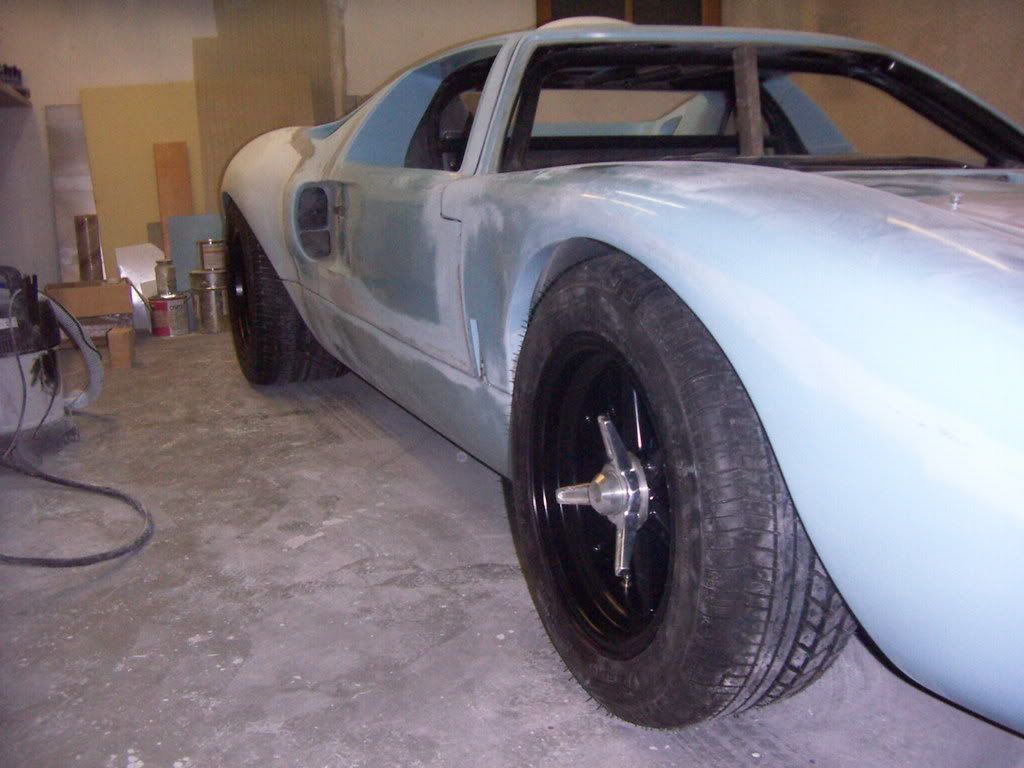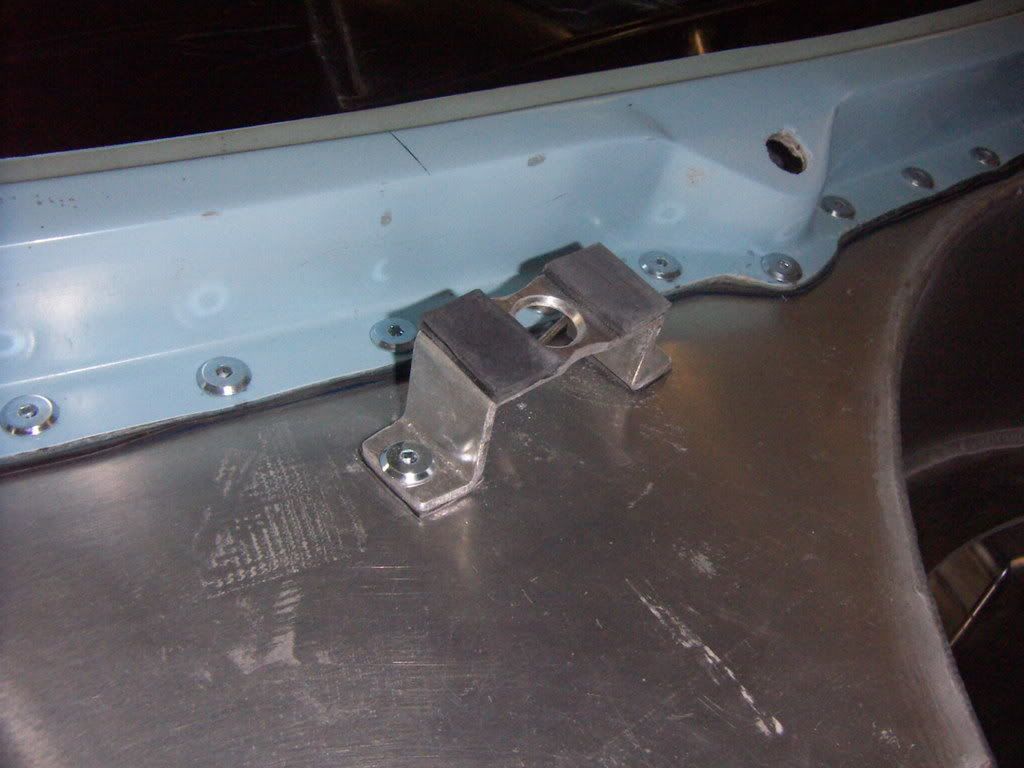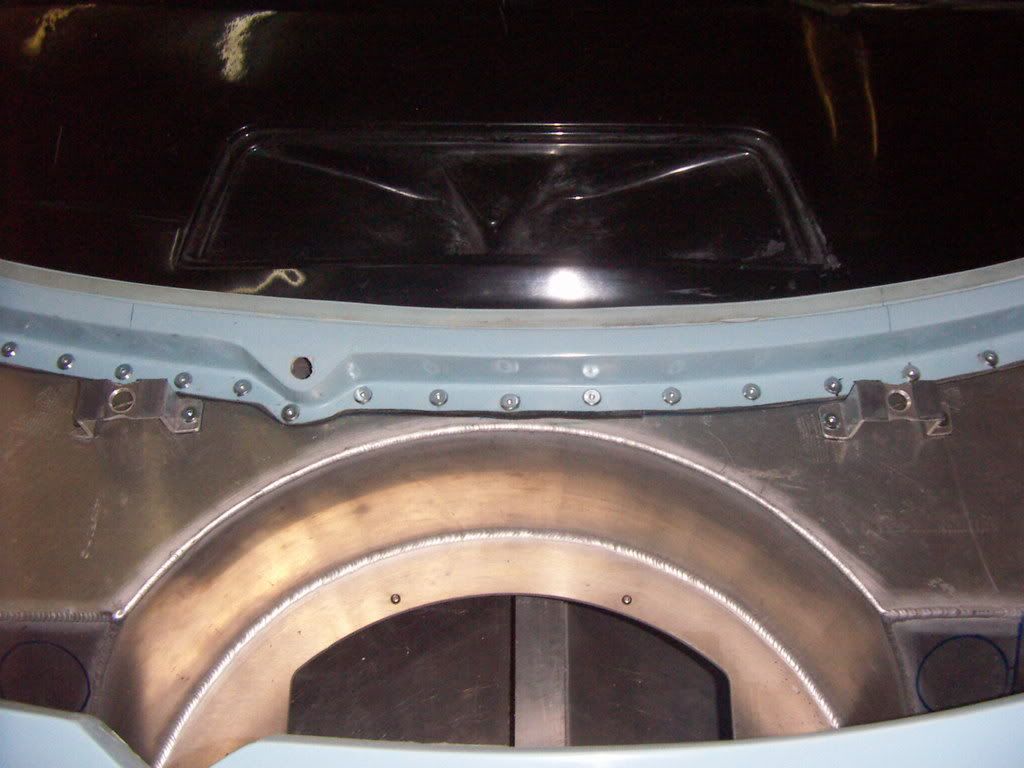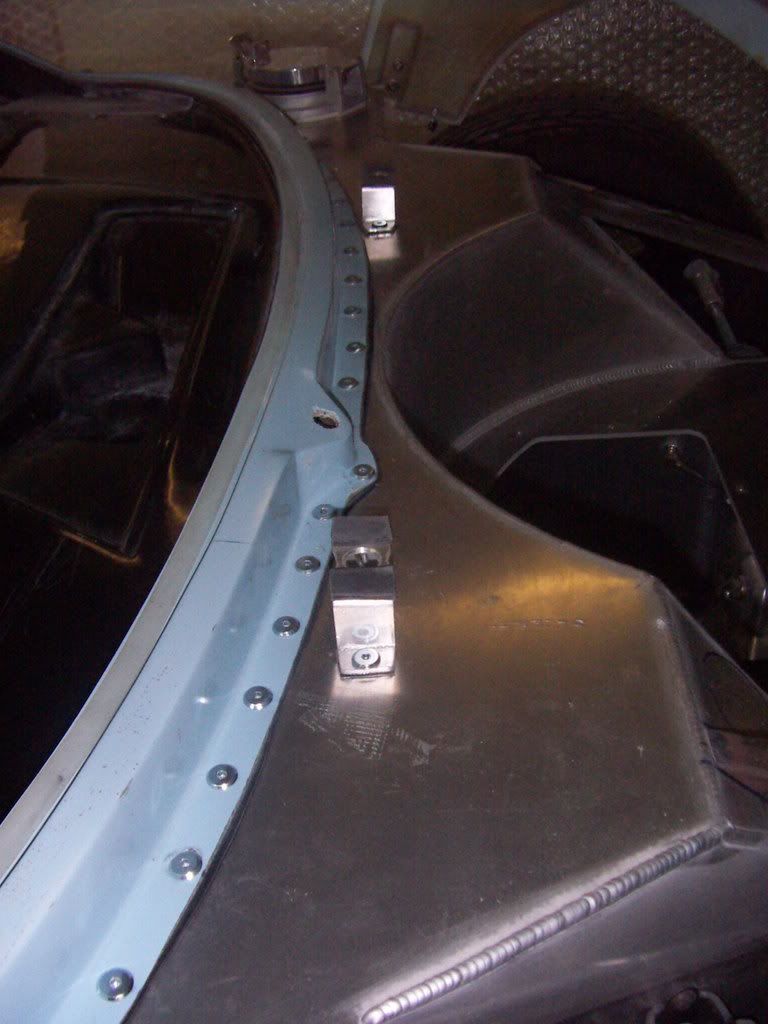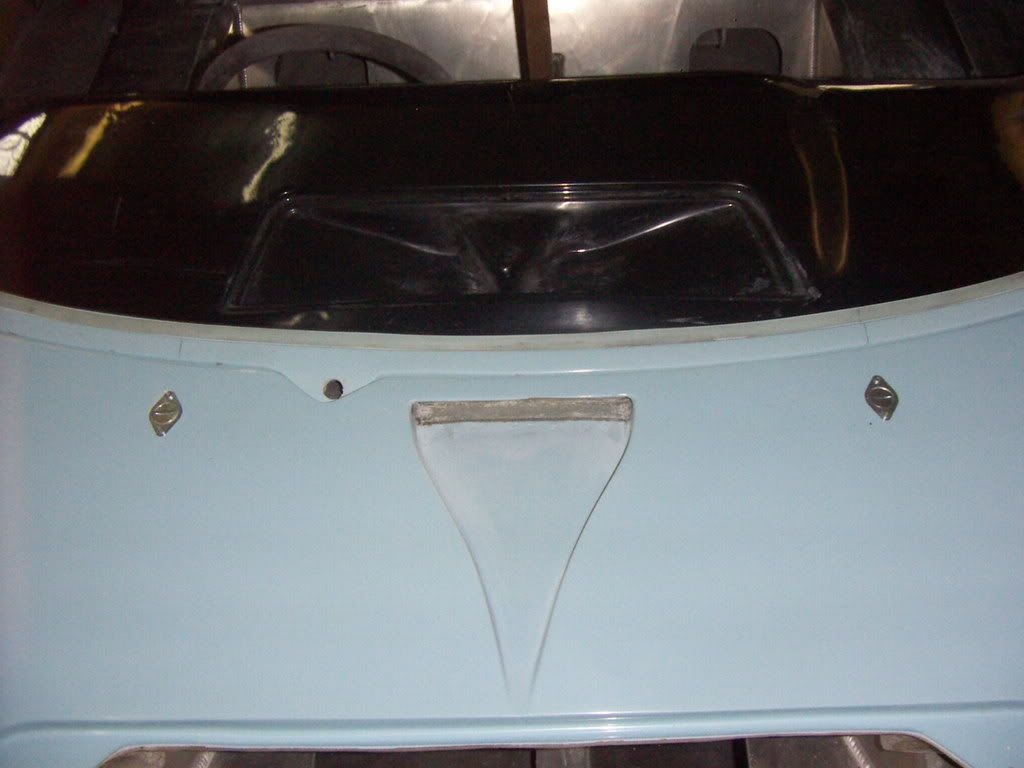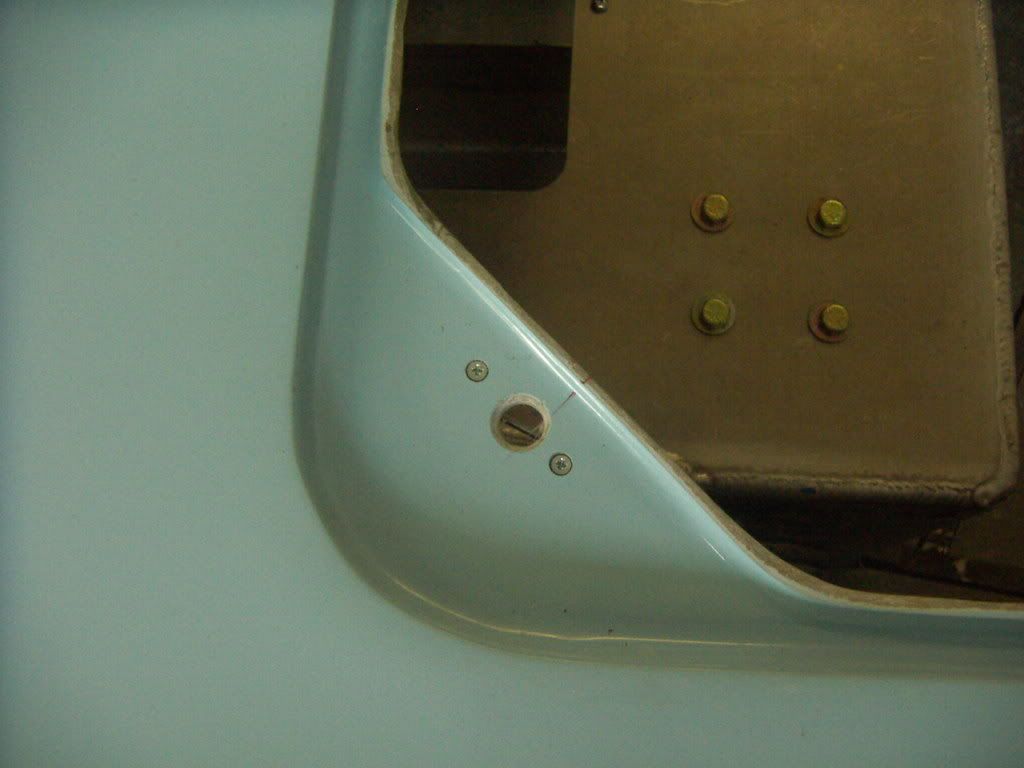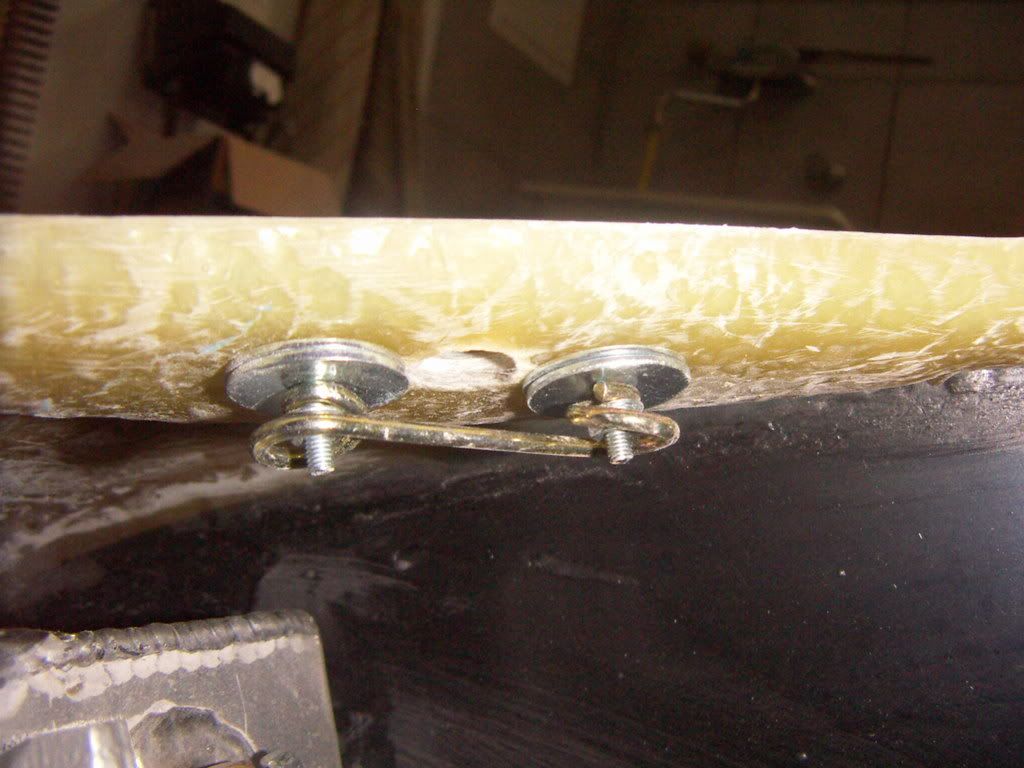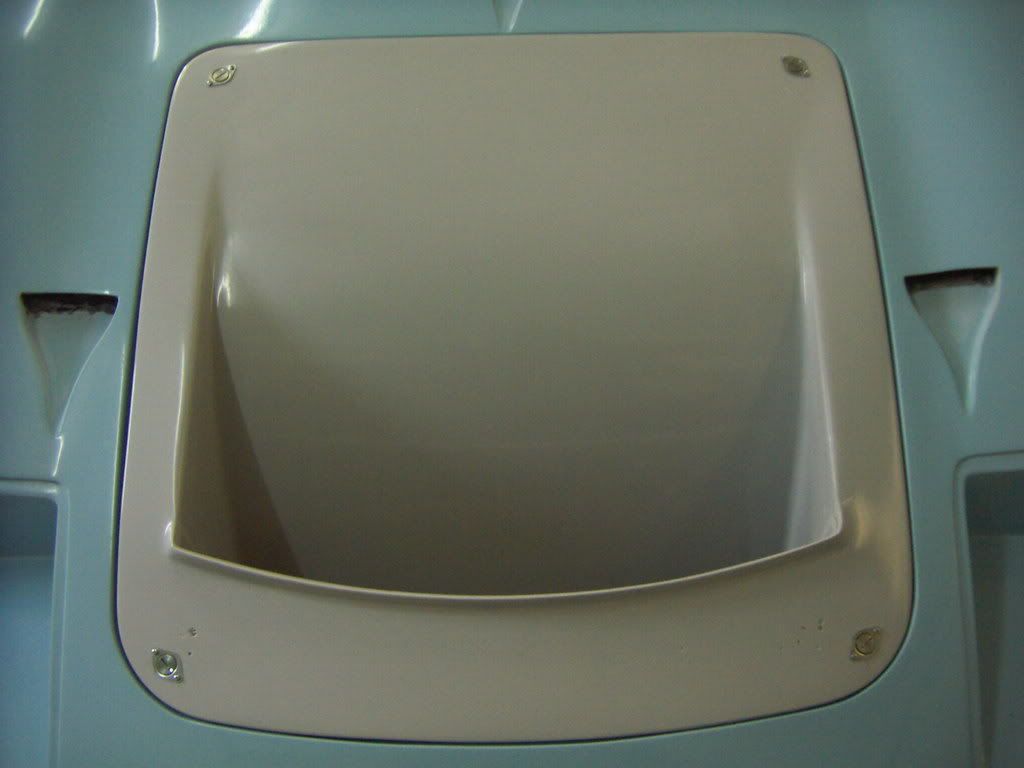Functional fresh air naca inlets
Hi
I worked on building the duct system for a functional fresh air supply.
My intenition is was to have it permanently installed in the front clip and connected to the mono like on the original cars. So the concept is the same, the design is different, lets say very functional :thumbsup:
First i extended the naca inlet through the inner liner of the clip. Made a simple positive out of 1,2 mm PP foil ( easy to bend by termoforming)and fixed it with hot melt glue.
This was covered by some layers of 350 g glass.
inlet after cleaning the edges.
in order to avoid water coming in when driving in rain i build a "watertrap". The incoming air is hitting a vertical wall first and has to go around it and hitting a second wall before entering the further duct. The housing has a steep angle for collecting and leading away the water.
Water trap
I build this and the rest of the ducting out of a finished 1,5mm glassfiber plate, which i glued together with 2k epoxy glue.
Next step was to build the connection housings to the mono. I didn´t bother to try to measure the angle and built it just right there with the clip mounted ( has been pretty tight sitting in there :laugh

.
I left a 5mm gap to the chassis and 8mm to my front frame to have no issues with fitting the front clip.
rough mock up
connection boxes fixed with tank tape
than i connected them together with the water trap by building the rest of the duct.
All of this was than covered with 2 layers of 350 g glass to fix it permanently to the clip.
it fits nicely to the chassis, there is still a 3mm gap all around which will be than filled with rubber foam to seal it ( like on the originals).
THe watertrap will receive a service opening out of aluminum to have a possibility to clean it.
Thanks
TOM
awh: 330 h


